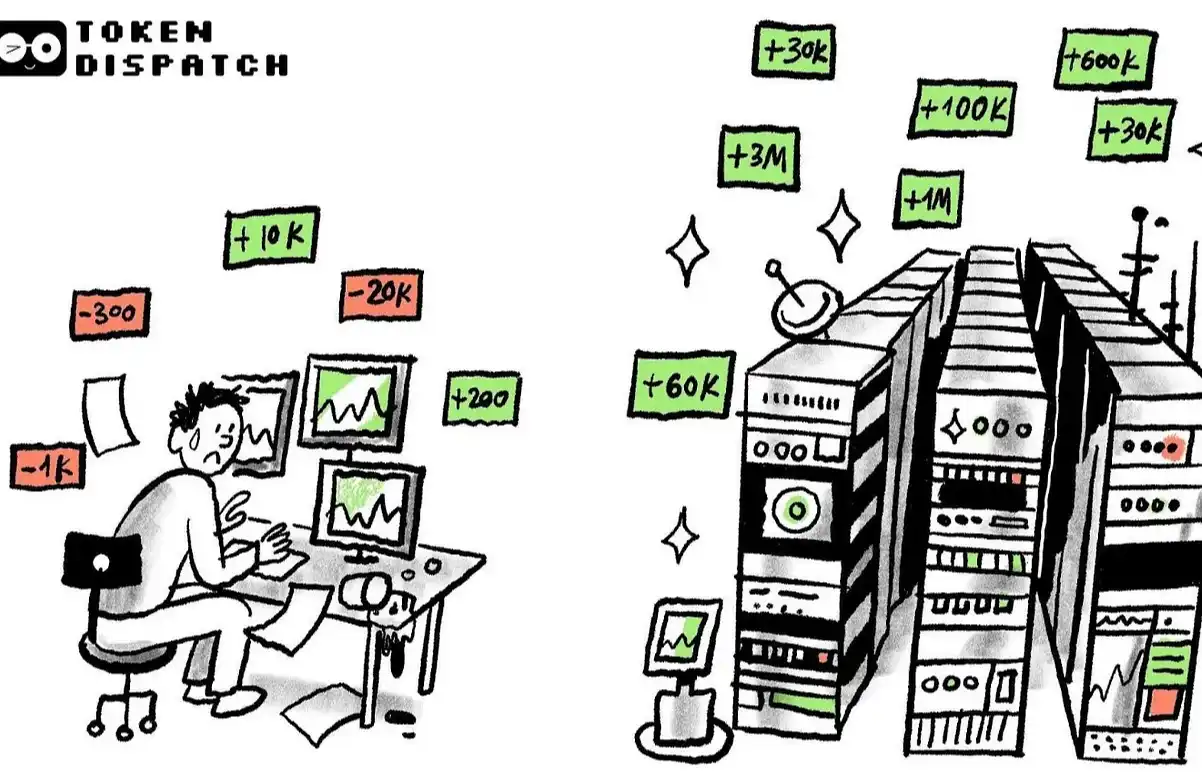BlackRock says clear US rulebook turns stablecoins into payment method of the ‘future of finance’
BlackRock stated that stablecoins now sit at the heart of the “future of finance,” and the recently approved GENIUS Act gives them a clear lane as everyday payment instruments.
In a July 28 report, the BlackRock Investment Institute wrote that stablecoins “look here to stay” and that recent legislation cements their use in payments rather than as investment products.
The firm tied that view to the GENIUS Act, which creates a federal framework for payment stablecoins. The paper defines stablecoins as digital tokens that are pegged to fiat and hold reserves.
Furthermore, it tracks rapid adoption since 2020 to roughly $250 billion, or about 7% of the crypto market by value.
Officially a payment method
BlackRock detailed how the law rewrites the rulebook. Legislation now classifies stablecoins as a payment method, bans interest on balances, and confines issuance to federally regulated banks, some registered nonbanks, and state-chartered firms.
The report assessed that this structure can strengthen the dollar’s role by enabling a tokenized dollar payment network for cross-border use. At the same time, the interest ban may curb take-up in major economies that already offer attractive bank deposits.
The note also drills into reserves. Issuers would hold mostly repos, money market funds, and US Treasury bills with 93 days or less to maturity. BlackRock pointed to Tether and Circle as the largest buyers, with at least $120 billion in T-bills, about 2% of the roughly $6 trillion in bills outstanding.
Even if demand grows, the institute expects only a small effect on bill yields because money would largely rotate from similar assets, and the Treasury plans to keep expanding bill supply.
Fight for dominance
The institute places the US shift within a global contest. Hong Kong is moving to attract stablecoin activity, while Europe is studying a digital euro with guardrails to prevent harm to banks.
If other jurisdictions allow interest-bearing stablecoins or push central bank alternatives, the dollar’s role in trade finance could face new competition. However, US officials could address this by allowing interest in the future.
On market plumbing, BlackRock expects limited effects on short-term Treasury yields from stablecoin growth, while it keeps bitcoin separate as a distinct return driver.
Disclaimer: The content of this article solely reflects the author's opinion and does not represent the platform in any capacity. This article is not intended to serve as a reference for making investment decisions.
You may also like
Crypto treasury stocks plunging in August after massive run-up
Share link:In this post: Crypto treasury stocks fell sharply in August after major summer gains. Ethzilla led the sector with a 114% rise, while others like Strategy dropped 16%. Companies backed by Tom Lee and Peter Thiel held up better than others.
OpenAI mulls new revenue from AI infrastructure
Share link:In this post: OpenAI is considering leasing out its AI-ready data centers and infrastructure in the future. The plan mirrors Amazon Web Services, which turned excess computing into a trillion-dollar business. OpenAI is exploring new financial instruments beyond debt to fund large-scale projects.
Interpreting Galaxy Q2 Financial Report: Hundred Billion Revenue but Unprofitable, Transforming into AI "Gold Mining"
Galaxy's cryptocurrency trading business generated $8.7 billion in revenue, but only brought in $13 million in profit (a profit margin of only 0.15%).

ETH futures data reflects traders’ fear, while onchain data points to a price recovery
